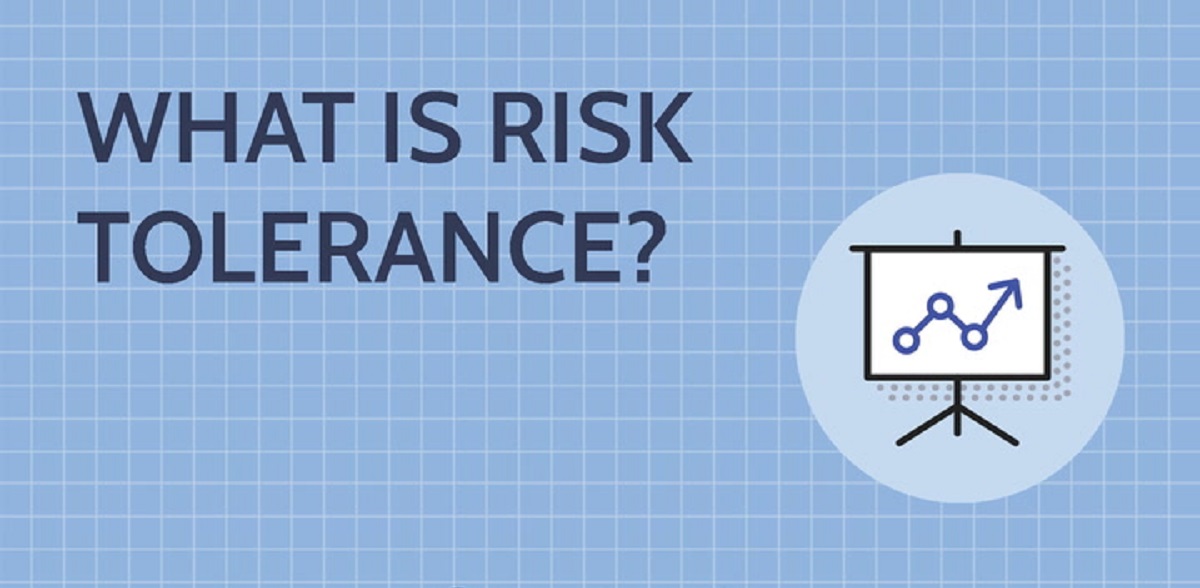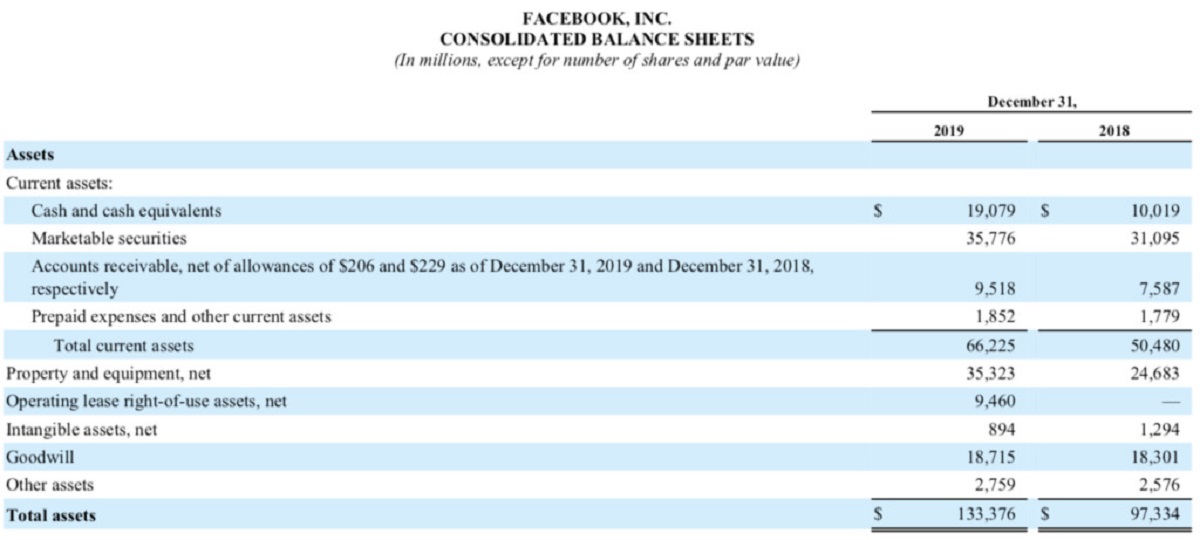As the venture capital landscape grapples with a scarcity of liquidity, VCs are exploring innovative methods to provide returns to their investors. One such approach gaining traction is the utilization of continuation funds, a concept more commonly associated with private equity than venture capital.
Key Takeaway
Continuation funds are emerging as a valuable tool for VCs to address the liquidity shortage and provide returns to their investors, reflecting the industry’s adaptability in the face of evolving challenges.
Continuation Funds: A Solution to Ill-Timed Cycles
Continuation funds, while rare in the realm of venture capital, offer a secondary investment vehicle that enables VCs to extend the timeline for certain assets in older funds. This is achieved by selling these assets to a new vehicle controlled by the VCs, thereby allowing the fund’s limited partners to either roll over their investment or exit. With portfolios holding significant unrealized value and a dearth of immediate exit opportunities, VCs are increasingly turning to creative strategies such as continuation funds to generate much-needed liquidity.
Implications and Viability
Despite the potential complexities and conflicts of interest associated with repricing assets, continuation funds present an opportunity for new investors to set the valuation, thus mitigating concerns about existing managers influencing the process. Notably, this strategy is not limited to large funds, as it is deemed viable for a substantial portion of the venture industry, offering a potential solution to the challenges posed by the industry’s often ill-timed cycles.
Reflecting on The Exchange
As we bid farewell to The Exchange, it’s essential to acknowledge the significant impact it has had since its inception. From chronicling the startup boom to navigating the challenges of the pandemic, The Exchange has been a vital platform for insightful analysis and commentary on the evolving venture capital landscape.

























